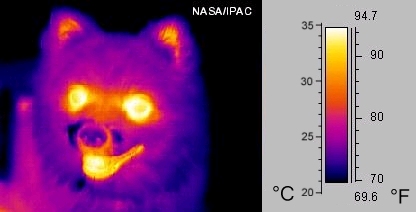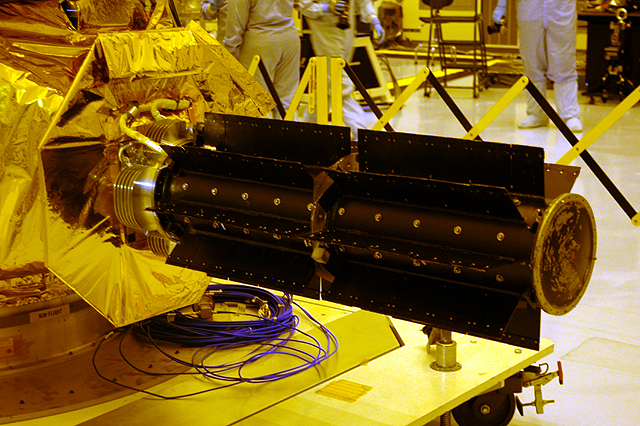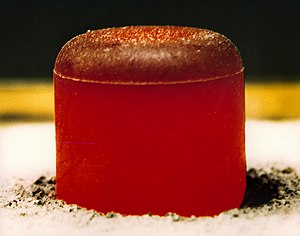First post, by TELVM
- Rank
- Oldbie
After a 9-year long journey NASA's New Horizons probe is finally reaching its destination, Pluto and its moons.


Closest approach will be on July 14 2015, so stay tuned next summer for what will be the last exploration of a previously unknown world for a looooong time.
New Horizons carries four onboard computers, one for Command and Data Handling, and one for Guidance and Control, both duplicated for redundancy.
The interesting thing is that the processors are Mongoose-V, a radiation-hardened version of the MIPS R3000 ... which was introduced in 1988, 27 years ago. 😀


The Mongoose-V runs at a whopping 12MHz. 😎
Radiation hardening is mission critical because, in addition to having to withstand the rigours of interplanetary space environment, they operate just yards away from a RTG stuffed with radioactive plutonium.

Solar panels can't cut it ~3.7 billion miles from the Sun.
Let the air flow!


 · ·
· · 